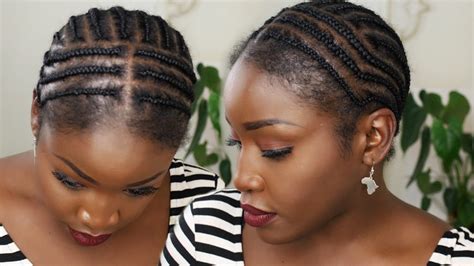When wearing a wig, choosing the right braid to place underneath can make a significant difference in its fit, comfort, and overall appearance. A well-braided base ensures that the wig stays securely in place, prevents hair from slipping out, and creates a smooth, natural-looking transition between your natural hair and the wig. Here are the top 5 braid styles to consider when preparing your hair for wig placement:

1. French Braid
Pros:
– Classic and versatile style
– Holds hair securely in place
– Creates a sleek, flat base for the wig
Cons:
– Can be time-consuming to braid
– May be uncomfortable if braided too tightly
Step-by-Step Guide:
1. Brush your hair to remove tangles.
2. Divide your hair into three equal sections at the crown.
3. Cross the left section over the middle section.
4. Cross the right section over the new middle section.
5. Repeat steps 3-4, adding small sections of hair from the sides as you braid.
6. Continue braiding until you reach the nape of your neck.
7. Secure the braid with a hair tie.
2. Cornrow Braids
Pros:
– Very secure and long-lasting
– Flattens hair effectively
– Suitable for all hair types and textures
Cons:
– Can be painful to braid if done too tightly
– May cause breakage if not done properly
Step-by-Step Guide:
1. Divide your hair into small sections along your scalp.
2. Braid each section individually, starting at the root.
3. Hold the ends of the cornrows together and secure them with hair ties.
3. Dutch Braid (Inverted French Braid)
Pros:
– Creates a raised and voluminous base
– Provides a natural-looking hold
– Can be customized with different hairs
Cons:
– May be challenging for beginners
– Can be uncomfortable if braided too tightly
Step-by-Step Guide:
1. Brush your hair to remove tangles.
2. Divide your hair into three equal sections at the crown.
3. Cross the left section under the middle section.
4. Cross the right section under the new middle section.
5. Repeat steps 3-4, adding small sections of hair from the sides as you braid.
6. Continue braiding until you reach the nape of your neck.
7. Secure the braid with a hair tie.
4. Fishtail Braid
Pros:
– Creates a unique and eye-catching base
– Holds hair securely without being too tight
– Can be dressed up or down
Cons:
– May be tricky to master
– Can be time-consuming to braid
Step-by-Step Guide:
1. Brush your hair to remove tangles.
2. Divide your hair into two equal sections.
3. Take a small section of hair from the outside of the left section and cross it over to the inside of the right section.
4. Repeat step 3 on the other side, taking a small section of hair from the outside of the right section and crossing it over to the inside of the left section.
5. Repeat steps 3-4 until you reach the end of your hair.
6. Secure the braid with a hair tie.
5. Ponytail Braid
Pros:
– Quick and easy to create
– Suitable for all hair lengths
– Can be adjusted to create different looks
Cons:
– May not be as secure as other braid styles
– Can create a bulky base for the wig
Step-by-Step Guide:
1. Brush your hair to remove tangles.
2. Gather your hair into a high ponytail and secure it with a hair tie.
3. Divide the ponytail into two equal sections.
4. Twist the left section clockwise and the right section counterclockwise.
5. Wrap the twisted sections around each other and secure the ends with a hair tie.
- Consider your hair texture: Fine hair may require a tighter braid to stay in place, while thicker hair can handle looser braids.
- Match the braid to the wig: If you are wearing a synthetic wig, a more secure braid like a cornrow or French braid is recommended. For human hair wigs, a looser braid like a fishtail or ponytail braid may suffice.
- Experiment: Try different braid styles to find what works best for your hair and the desired look.
Remember, the key to a successful wig application is to create a flat, secure base that will not cause discomfort or damage to your natural hair. By choosing the right braid style, you can achieve a seamless and natural-looking result that will boost your confidence and enhance your wig-wearing experience.
